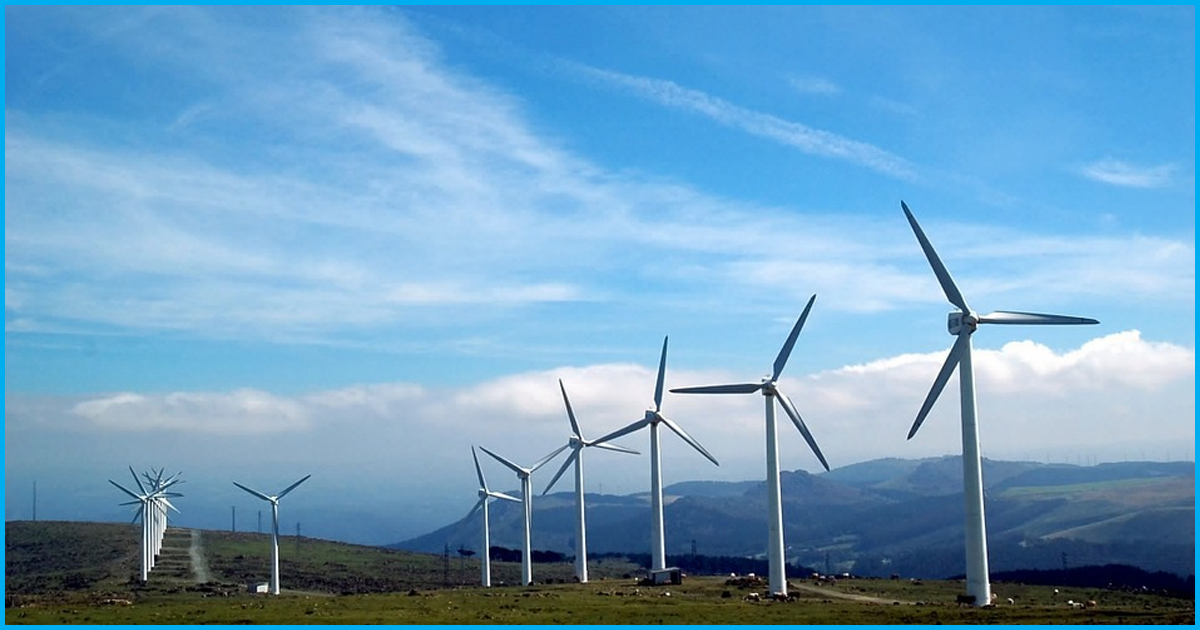Increasing number of wind turbines are resulting in diminishing population of birds causing grave consequences in the most affected areas. According to a new study published in Nature Ecology and Evolution journal, although wind farms are considered to be a great source of alternative energy, the fact that they are impacting nature cannot be overlooked. The most noticeable difference being reduced activity of predator birds which is disturbing the food chain.
The impact
As reported by Firstpost, the study shows that places having turbines present have shown a decreased number of predatory birds in that area. It is not the only concern; the decreased number of birds means that the reptile family is not being hunted which is changing the way animals are reacting to threats. Reportedly, scientists have overlooked the impact of the turbines in the Western Ghats, where they have found that the number of predatory raptor birds has come down in population.
The Hindu reported Professor Maria Thaker (Bengaluru’s Indian Institute of Science) are saying that the reptiles are acting bolder and ‘less risk-averse’ which is clearly an anomaly from their usual behaviour and scientists have tied this to the wind farms. Other changes that were observed during the study of the local ecosystem include reduced stress levels and dulling of the usually bright colours of the male population besides the deteriorating health conditions. The colours play an important role for lizards due to their involvement in communicating with other members.
The boom in lizard population is also making resources scarce, clearly not enough to feed the numbers which have multiplied up to three times in certain areas causing infighting which may be one of the reasons why the lizards were diagnosed to be thinner than ever before.
Life of the birds
Reportedly, the huge man-made structures consisting of turbines are responsible for growing the death rates of birds, other than changing their migrating pattern. Dr Thaker compared the wind farms to a top-level predator high up on the pyramid of the food chain. The consequences are very similar as it wipes the predator birds off the map.
The blades that are necessary for the turbine to function is the reason why bird population is on a decline because most birds die when they are flying through them increasing the average death rate.
The need for alternative energy cannot be avoided but the effect it has on the ecosystem must be taken care of as well. The only plausible solution is to have an area-wide research so that the area which will be affected the least can be found and the wind farms need to be set up only in those areas.
The study has found that wind farms, which now make up 4% of the global renewables sector are harming the ecosystem, by killing wildlife.
Also Read:Darkness In Diwali: Ritual Of Sacrifice Puts Lives Of Indian Owls At Risk











